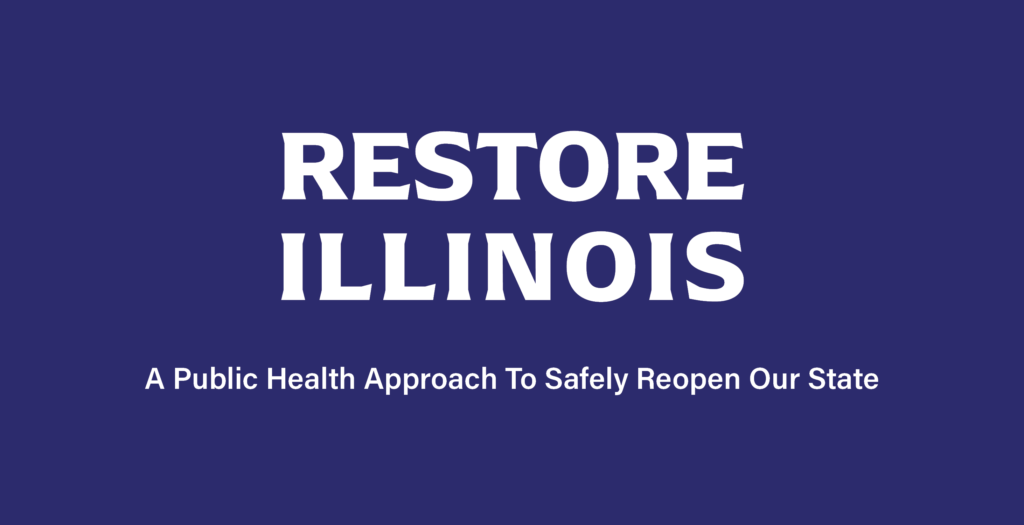
From the beginning of the new coronavirus pandemic, Illinois’ response has been guided by data, science, and public health experts. As community spread rapidly increased, Governor Pritzker moved quickly to issue a Disaster Proclamation on March 9, restrict visitors to nursing homes on March 11, close bars and restaurants for on-site consumption on March 16, move schools to remote learning on March 17, and issue a Stay at Home order on March 21. This virus has caused painful, cascading consequences for everyone in Illinois, but the science has been clear: in the face of a new coronavirus with unknown characteristics and in the absence of widespread testing availability and contact tracing, mitigation and maintaining a 6-foot social distance have been the only options to reduce the spread and save as many lives as possible.
Millions of Illinoisans working together by staying at home and following experts’ recommendations have proven these mitigation and social distancing measures effective so far. The result has been a lower infection rate, fewer hospitalizations, and lower number of fatalities than projected without these measures. Our curve has begun to flatten. Nevertheless, the risk of spread remains, and modeling and data point to a rapid surge in new cases if all mitigation measures were to be immediately lifted.
Now that Illinois is bending the curve, it is vitally important that we follow a safe and deliberate path forward to get our Illinois economy moving. That path forward is not what everyone wants or hopes for, but it will keep Illinoisans as safe as possible from this virus as our economy is reopening.
Restore Illinois is about saving lives and livelihoods. This five-phased plan will reopen our state, guided by health metrics and with distinct business, education, and recreation activities characterizing each phase. This is an initial framework that will likely be updated as research and science develop and as the potential for treatments or vaccines is realized. The plan is based upon regional healthcare availability, and it recognizes the distinct impact COVID-19 has had on different regions of our state as well as regional variations in hospital capacity. The Illinois Department of Public Health (IDPH) has 11 Emergency Medical Services Regions that have traditionally guided its statewide public health work and will continue to inform this reopening plan. For the purposes of this plan, from those 11, four health regions are established, each with the ability to independently move through a phased approach: Northeast Illinois; North-Central Illinois; Central Illinois; and Southern Illinois.
The five phases for each health region can be found here:


